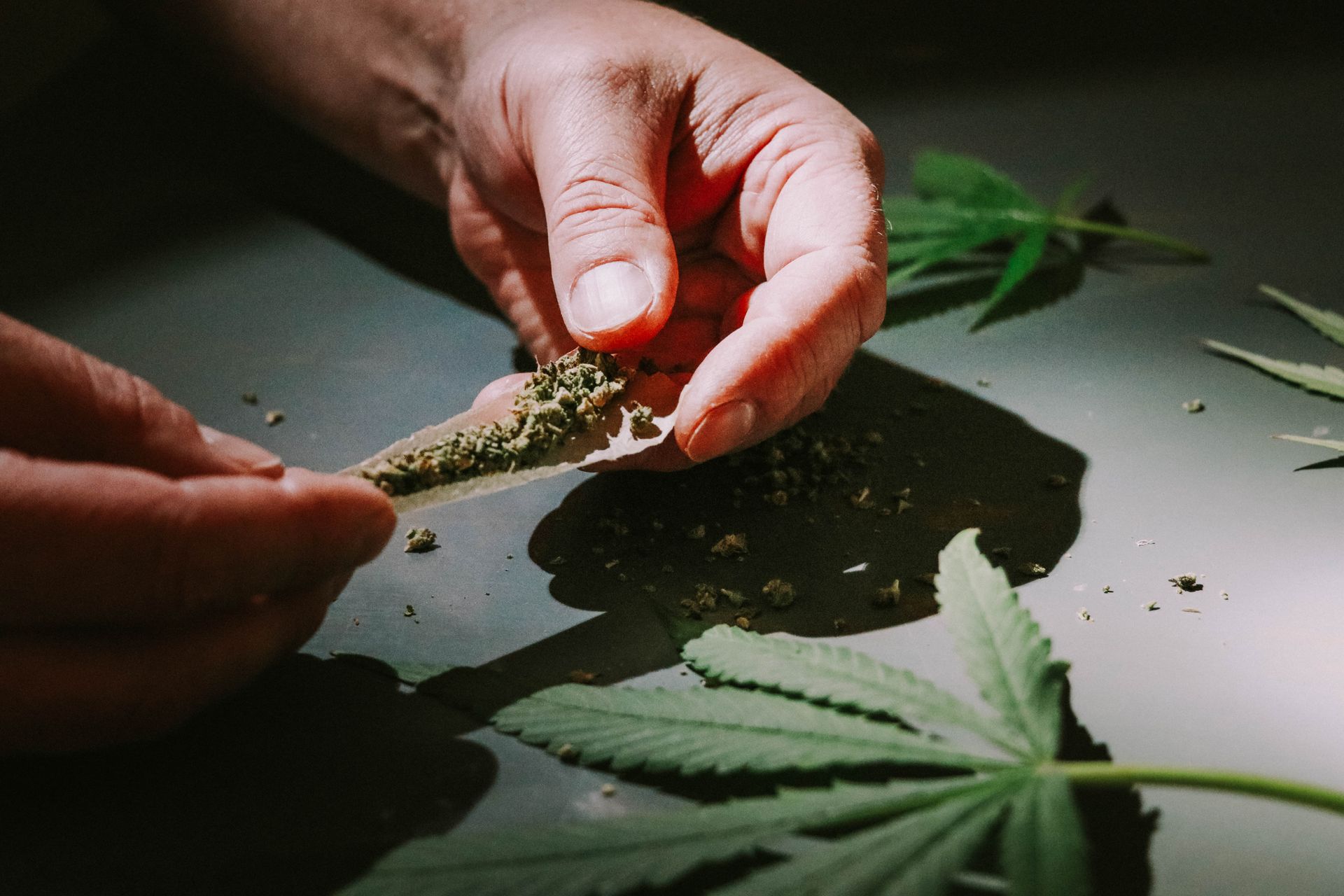Decoding the Cannabis Puzzle: Understanding Cannabinoid Ratios
Cracking the Code: Demystifying Cannabinoid Ratios for Informed Cannabis Consumption
Cannabis is a complex plant that contains a multitude of chemical compounds, including cannabinoids. While cannabinoids like THC and CBD often steal the spotlight, understanding the interplay between different cannabinoids is key to unlocking the full potential of the plant. In this blog, we will explore the concept of cannabinoid ratios, shedding light on how varying proportions of cannabinoids can influence the effects and therapeutic properties of cannabis.
The Basics of Cannabinoids:
Cannabinoids are chemical compounds found in cannabis that interact with receptors in our body's endocannabinoid system, producing various physiological and psychological effects. While there are over 100 known cannabinoids, two of the most well-known and researched are THC (tetrahydrocannabinol) and CBD (cannabidiol).
Understanding Cannabinoid Ratios:
Cannabinoid ratios refer to the relative proportions of different cannabinoids present in a cannabis strain or product. These ratios provide valuable insights into the potential effects and therapeutic benefits one can expect from consuming a particular cannabis product.
THC-Dominant Ratios:
A THC-dominant ratio indicates that the cannabis strain or product contains a higher proportion of THC compared to other cannabinoids. This ratio is often associated with psychoactive effects, such as euphoria, relaxation, and increased appetite. Strains with high THC ratios are commonly sought after by recreational users looking for a more potent psychoactive experience.
CBD-Dominant Ratios:
On the other end of the spectrum, CBD-dominant ratios signify a higher proportion of CBD relative to THC. These ratios are often sought after by medical cannabis users, as CBD has been associated with a range of potential therapeutic benefits, including pain relief, anti-inflammatory effects, and anxiety reduction. CBD-dominant strains typically offer more subtle psychoactive effects or none at all.
Balanced Ratios:
Some cannabis strains or products aim to strike a balance between THC and CBD, resulting in a more equal ratio or a closer approximation. Balanced ratios can provide a combination of both THC's potential euphoria and CBD's potential therapeutic benefits. This balance may be sought after by individuals looking for a milder psychoactive experience with added potential therapeutic effects.
Other Cannabinoids:
While THC and CBD are the most well-known cannabinoids, other cannabinoids like CBG (cannabigerol), CBC (cannabichromene), and THCV (tetrahydrocannabivarin) also contribute to the overall effects of cannabis. Exploring and understanding the presence of these lesser-known cannabinoids within a cannabinoid ratio can provide additional insights into the potential effects of a particular cannabis strain.
Personalizing Your Experience:
The choice of cannabinoid ratio ultimately depends on individual preferences, desired effects, and specific medical needs. Experimenting with different ratios and strains allows users to personalize their cannabis experience based on desired psychoactive effects and therapeutic benefits.
Cannabinoid ratios play a significant role in determining the effects and therapeutic properties of cannabis. Understanding the relative proportions of cannabinoids, such as THC and CBD, within a strain or product can help consumers make informed choices that align with their preferences and goals. As research continues to unravel the potential benefits of different cannabinoids, cannabinoid ratios will remain a valuable tool in navigating the diverse world of cannabis consumption.
SHARE:
Disclaimer: The information provided in this article is for educational purposes only. The content is not intended to be a substitute for professional medical advice, diagnosis, or treatment. Always seek the advice of your physician or other qualified healthcare provider with any questions you may have regarding a medical condition. The use of cannabis, including smoking, may have potential health risks and may not be suitable for everyone. It is essential to understand and abide by the laws in your country or state regarding cannabis use. The author and publisher of this article are not responsible for any adverse effects or consequences that may result from the use of the information presented in this article. This blog is sponsored by
Fresh Mint.












